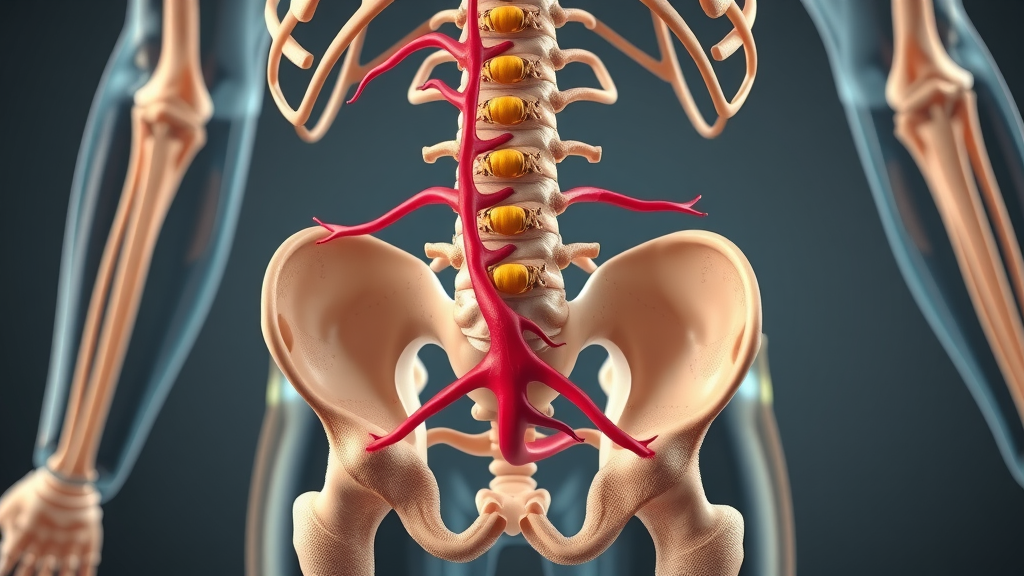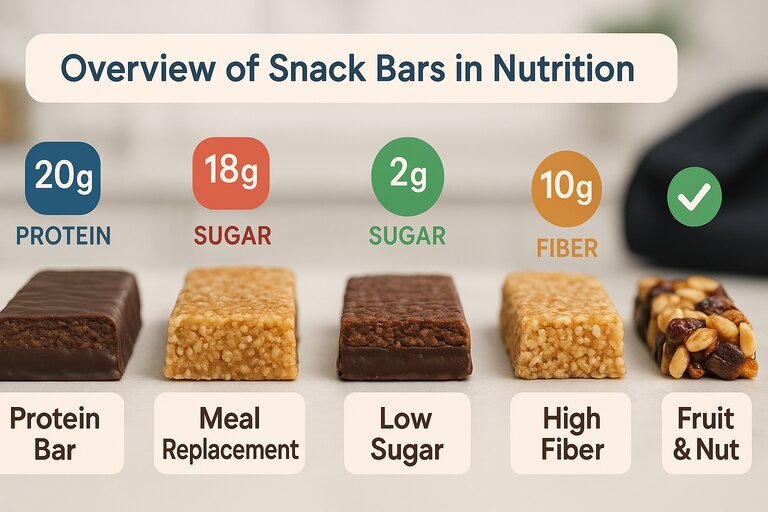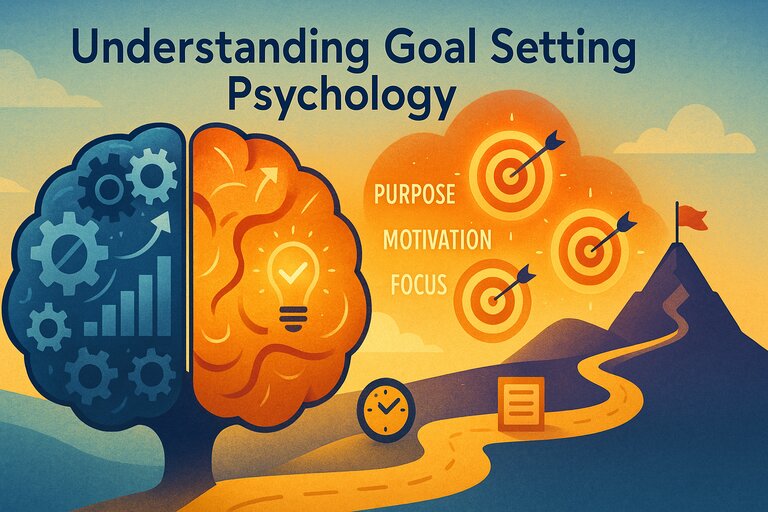Expert Insights
Why Sacramento Women Shouldn’t Fear the Weights: How Building Muscle Transforms Body, Mind, and Health
4
Discover the Truth About Strength Training, Confidence, and Health BenefitsIf you’ve ever walked into a Sacramento gym or scrolled past a fitness influencer online and thought, “I wish I could get strong, but I don’t want to bulk up,” — you’re not alone.For decades, women have been sold the idea that “toning” is good, but lifting weights is risky. Dr. Shannon Ritchey, a physical therapist and founder of Evlo Fitness, wants to flip that script.“Building muscle is the single best investment you can make in your long-term health,” Dr. Ritchey shares. “And no — you’re not going to wake up one day looking like a bodybuilder just because you started lifting dumbbells.”In fact, she’s living proof. It took her a full year of focused training just to add five pounds of muscle — showing how gradual, intentional, and rewarding the process can be.This article takes you on a journey through the science, myths, and practical strategies that Sacramento women (and men!) can use to transform their fitness, energy, and confidence — no matter their starting point. Along the way, we’ll share expert insights, local inspiration, and actionable tips designed to help you lift smarter, eat better, and feel stronger without fear.Whether you’re walking your dog through McKinley Park, joining a class at a Midtown studio, or working out from home, you’ll find something here that speaks to you. Let’s dive in!Why Muscle Matters More Than You ThinkMore Than Just LooksMuscle isn’t just about aesthetics — it’s a foundation for health.When you build muscle, you improve your body composition, meaning you increase your ratio of lean mass to fat mass. This translates to a tighter, more toned appearance, even if the scale doesn’t budge.“I weigh more now than I ever have,” Dr. Ritchey admits, “but my body composition has never been better. I feel stronger, I fit better in my clothes, and I move through life with more energy.”The Metabolic BenefitsBeyond looks, muscle supports your metabolism, improves insulin sensitivity (which helps prevent diabetes), strengthens bone density (especially critical for women as they age), and reduces injury risk.Bret Contreras, PhD, CSCS, strength coach and author known as “The Glute Guy explains,"You can’t tone what’s not there. If you want that lean, sculpted look, you need to build muscle and lose the fat covering it. That’s it — there’s no toning magic trick."Think about it: every time you lift groceries, play with your kids at William Land Park, or climb stairs in downtown Sacramento, your muscles are working for you. Investing in that strength pays off in daily life. Busting the Myths: Why Lifting Weights Won’t Make You BulkyThe Testosterone TruthOne of the biggest misconceptions Sacramento women face is the fear that weightlifting equals bulk. But the reality is, it’s incredibly difficult for women to build large muscle mass without specific, high-intensity, long-term training programs (and often additional supplementation).“Most women don’t have the testosterone levels to build muscle like men do,” Dr. Ritchey says. “You have to lift with structured intensity and stay consistent for a long time. Even then, we’re usually talking about lean, sculpted muscle — not big, bulky mass.”Starting Small, Seeing ResultsJillian Michaels, fitness expert and former trainer on NBC's "The Biggest Loser adds:"Women tell me all the time they’re afraid to lift because they think they’ll bulk up. The truth is, lifting weights is the best way to get lean. Muscle takes up less space than fat — it sculpts your body, not inflates it."For beginners, starting with moderate dumbbells and bodyweight exercises at home or at your neighborhood gym is enough to trigger change. You don’t need barbells, kettlebells, or intimidating CrossFit moves to see results.The Critical Role of Protein and RecoveryFueling the ProcessExercise is only part of the equation. Without enough protein, your body doesn’t have the building blocks to create lean muscle.“When I started tracking my protein, I realized I was only eating about half of what I needed,” Dr. Ritchey shares. “No wonder it was so hard to gain muscle! Once I increased my intake, I saw better progress — and I felt fuller and more satisfied during the day.”She recommends aiming for 0.75–1 gram of protein per pound of body weight, depending on your goals.Sample Protein-Rich DayHere’s what that might look like in a typical day:Greek yogurt with fruit and protein powder for breakfastSardine and apple salad with pecans for lunch (yes, sardines — they’re packed with protein and omega-3s!)Chicken or shrimp rice bowl for dinnerProtein bar or shake as a snack or post-workoutSacramento nutritionist Amanda Lee suggests local options like the protein-rich smoothies at Temple Coffee or Nekter Juice Bar for quick on-the-go fuel.Why Rest MattersJust as important as fueling your body is giving it time to recover. Muscle grows in recovery, not during the workout. Overtraining without rest leads to chronic inflammation, fatigue, and injury.Dr. Ritchey recommends:Taking at least two consecutive rest days per weekFocusing on split routines (like upper body one day, lower body the next) to avoid overloading the same musclesIncorporating breathwork or mindfulness after workouts to activate the parasympathetic nervous system, allowing your body to reset The Mental Health BonusBeyond the physical transformation, lifting weights brings powerful mental health benefits. Amy Morin, LCSW, mental strength trainer and author says:“When we challenge our bodies, we’re actually training our minds to see us a little bit differently. Strength training fosters mental resilience by enhancing focus and reducing stress through the release of endorphins.”Dr. Ritchey agrees:“I tell people, if you’re having a rough day, go lift. You’ll walk out feeling stronger, clearer, and more in control.”How to Get Started in SacramentoSimple Steps for BeginnersThe best part? You don’t have to overhaul your life to start strength training. Here are actionable tips to begin right where you are:Pick 3–5 workout days a week. Focus on consistency, not perfection.Split your muscle groups: upper body Monday, lower body Tuesday, core Wednesday, rest Thursday, upper body again Friday.Start with moderate weights. You should feel challenged by the last few reps, but not overwhelmed.Use home equipment or gym gear. Dumbbells, resistance bands, and bodyweight exercises work beautifully.Check out local resources. Join gyms like Midtown Strength, Fitness Rangers, or California Family Fitness, or try online programs like Evlo Fitness, which lets you work out from home with expert guidance. Here Are Some Ways Strength Training Can Make a DifferenceStrength training can improve posture and reduce chronic tension in areas like the neck, shoulders, and lower back — benefits that stretching alone may not fully achieve.Learning foundational lifts through a beginner-friendly program can increase confidence, reduce feelings of anxiety, and support better sleep quality.Even with a limited schedule, committing to strength training just twice a week can lead to noticeable improvements in energy levels, mood stability, and day-to-day physical endurance.For those who have relied primarily on cardio, adding resistance training can help break through weight-loss plateaus, improve body composition, and support a more efficient metabolism.Over time, consistent strength training supports better balance, bone density, and joint health — all of which become more important as we age.Conclusion: Your Next Step Toward Strength and ConfidenceThe key takeaway from Dr. Shannon Ritchey’s wisdom — and from the broader conversation around women and strength training — is clear: lifting weights won’t make you bulky, but it will make you powerful, healthy, and resilient.Let’s break it down:You don’t need to spend hours in the gym or use intimidating equipment.Moderate weights, consistent effort, and structured recovery can completely transform your body and mind.Protein and rest are just as important as the workouts themselves.Your mental health, energy, and confidence will grow right alongside your physical strength.As Dr. Ritchey says:“Gentle consistency is the key. You don’t have to do it all perfectly — you just need to show up.”Sacramento locals have endless opportunities to take that first step. Whether you check out Evlo Fitness’s online programs designed by physical therapists, join a local gym like Midtown Strength, or simply start lifting at home, the path to strength is wide open.Here’s your invitation: don’t wait. Let go of the myths. Invest in your body. Build the strength you’ll carry with you for life.If you’re ready to learn more, connect with Dr. Shannon Ritchey and explore her evidence-based approach to muscle building at EvloFitness.com. You can also follow her on Instagram at @dr.shannon.dpt for daily tips, motivation, and community support.✨ Your strongest, healthiest, most confident self is waiting. Sacramento — let’s lift!
 Add Row
Add Row
 Add
Add



 Add Row
Add Row
 Add Element
Add Element


















 Add Row
Add Row
 Add
Add